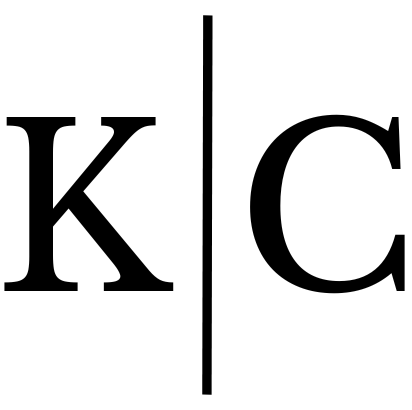Getting the right input, at the right time, from stakeholders
As you get more senior in your career, it is common to underestimate the importance of people and process. I found this out the hard way while leading a product team at Flatiron Health. I was in charge of driving the process for setting our Objectives and Key Results (OKRs). In my first quarter, I began the process with a drafted version of the OKRs, aiming to provide a foundation for the development team to build upon. I saw this as a mere kick-starter, not something carved in stone. However, the reaction was: “What!? You didn’t even have the respect to ask our opinions before setting the goals?” The team felt dis-empowered.
With this lesson in hand, I approached the next quarter with a different strategy. I came to the OKR meeting with a blank whiteboard and invited everyone to participate as we drafted the OKR’s from scratch. Yet, this approach backfired too. “What!? Our PM doesn’t even know where we’re going? We’re screwed.” The team felt directionless.
The third quarter I approached the OKR setting with drafted objectives, but not KRs. I made it clear that these were preliminary suggestions with tons of room for input based on our fundamental strategy. The “Goldilocks” approach finally resonated.
While this example is specific to setting OKRs with a development team, the principle holds across many decision-making situations. It's impractical and detrimental to seek input from everyone on every decision. But a crucial element of leadership is carefully deciding whom to involve and when in any meaningful decision. Some people need to provide input. Some people need to be informed. Some people, hopefully very few, have true veto power. When making a decision, it will go a long way if you not only focus on the content (the right decision) but also the process:
Share the fact that you have an important, pending decision with the right people. The goal at this stage is to collect the proper data, facts, opinions, and inputs.
Collect and process the inputs.
Analyze and draft a decision.
Share your analysis, in draft form, with a select group for pressure testing.
Make the decision.
Share the decision, along with the reasoning, broadly.
Follow through and execute on the decision.
Early in your career, getting the right answer is the most important thing. As your responsibilities grow, having the right process can be even more important because that leads to people in the organization supporting your decision and enabling your success. If you want further content, Gokul Rajaram’s 20 minute video on decision-making is a high leverage use of time.

